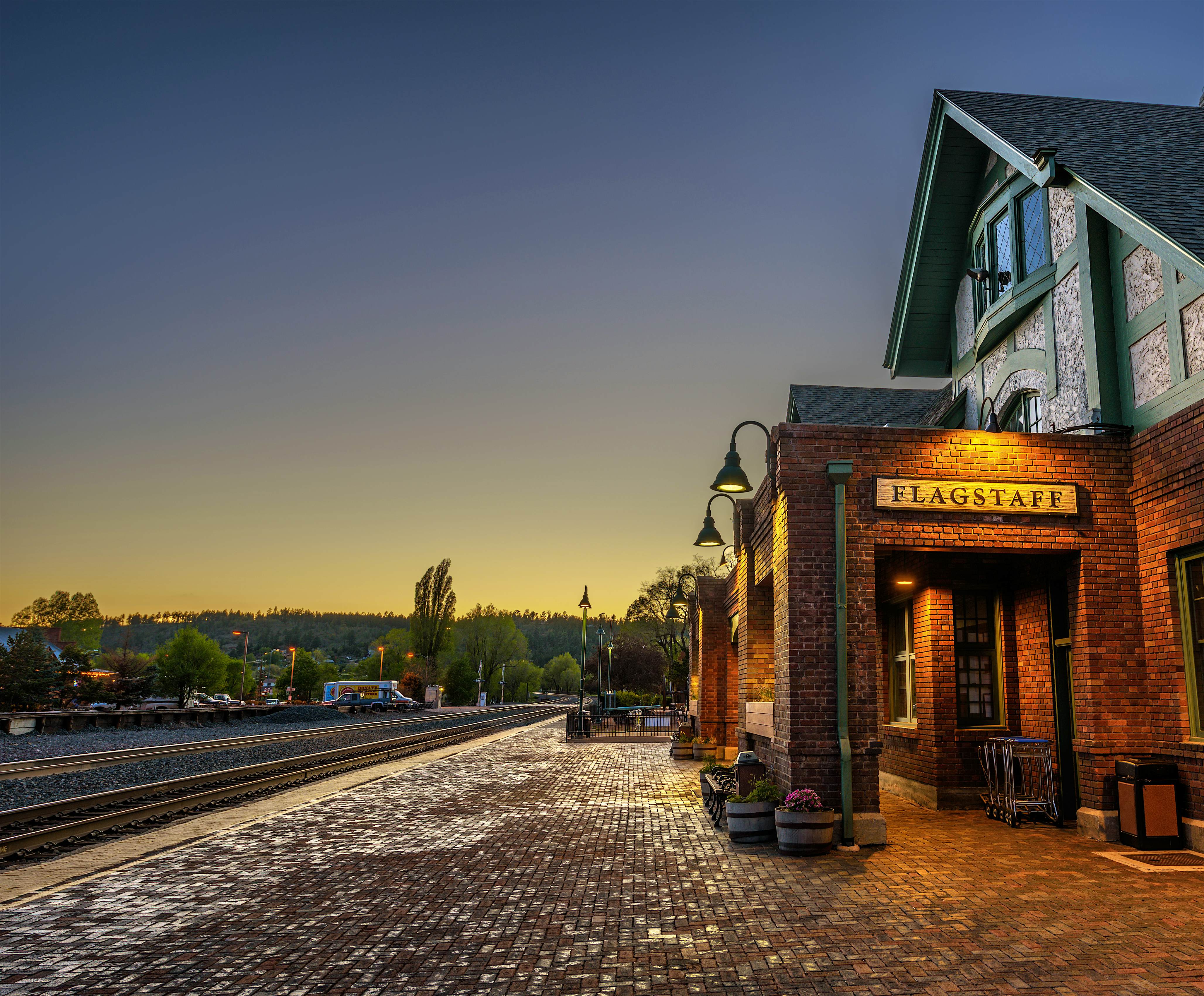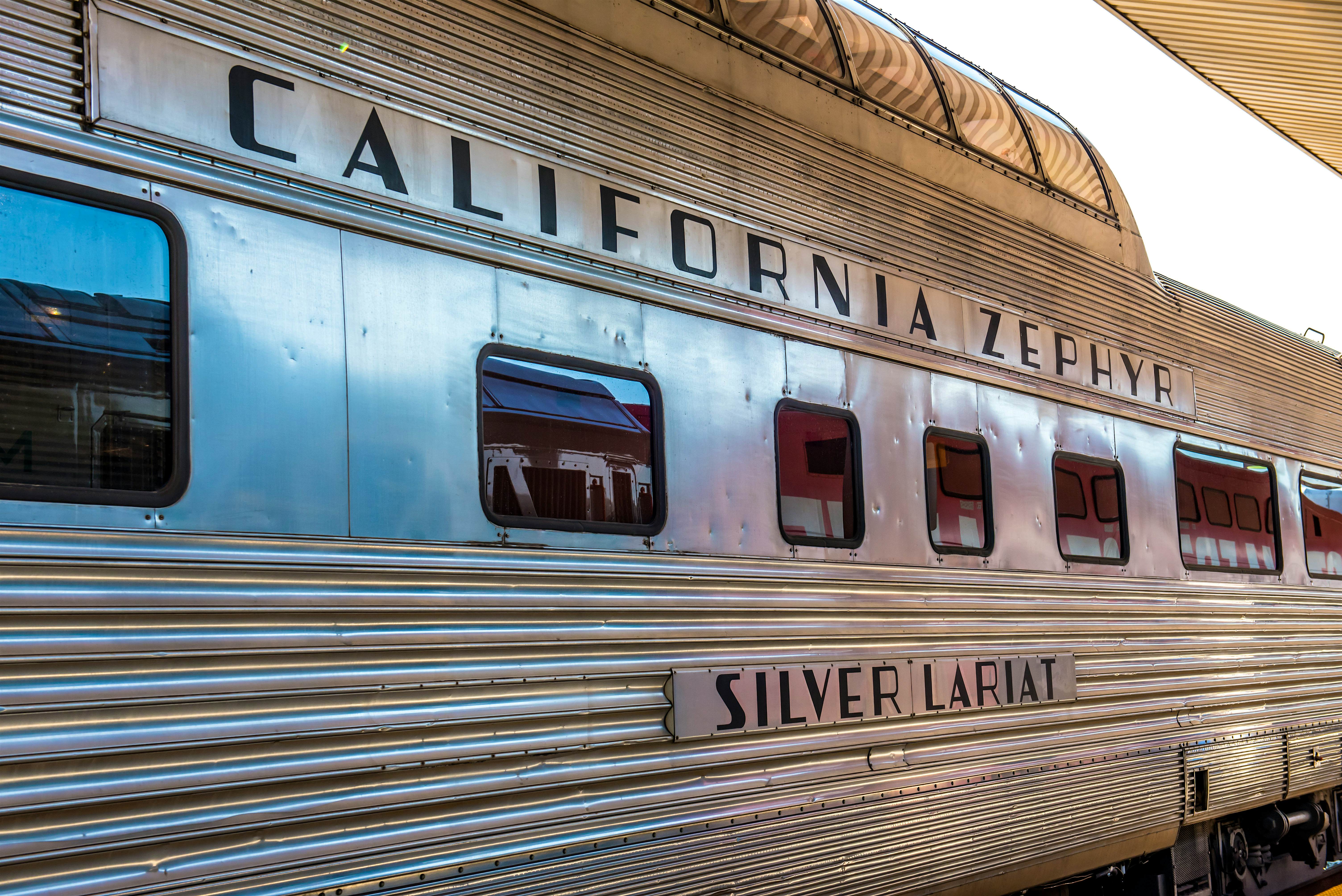Amtrak is stopping daily service to hundreds of stations across the US
Amtrak has estimated that passenger numbers could plummet by 50% over the next year, and ridership has already decreased by 95% during the pandemic. Though some states have started to reopen, passengers have not yet returned.

“Due to the long-term impact of COVID-19 on ridership, Amtrak has made the decision to operate with reduced capacity,” the company said in a statement. “Our goal is to restore daily service on these routes as demand warrants, potentially by the summer of 2021.”
The downsizing comes a few months after news that Amtrak saw its largest ever number of riders in 2019 – 32.5 million passengers – and record growth on the Northeast Corridor, which runs from Washington, DC, to Boston, connecting through Philadelphia and New York City.

Amtrak relies on funding from the US government and told Congress in May that it needs almost $1.5 billion in funding to maintain “minimum service levels.” The train operator previously projected that in 2020 it would financially break even for the first time in its 50-year history.
The exact schedules are still being determined, but long-distance routes that will be reduced to a triweekly service include the California Zephyr (Chicago to San Francisco), City of New Orleans (Chicago to New Orleans), Coast Starlight (Seattle to Los Angeles), Empire Builder (Chicago to Seattle) and the Southwest Chief (Chicago to Los Angeles). The Auto Train, which runs between smaller towns near Washington, DC, and Orlando, Florida, will continue to operate a daily service. Frequency will also be cut in the Northeast Corridor.
This article originally ran on our sister site, Lonely Planet.
* This article was originally published here
Comments
Post a Comment